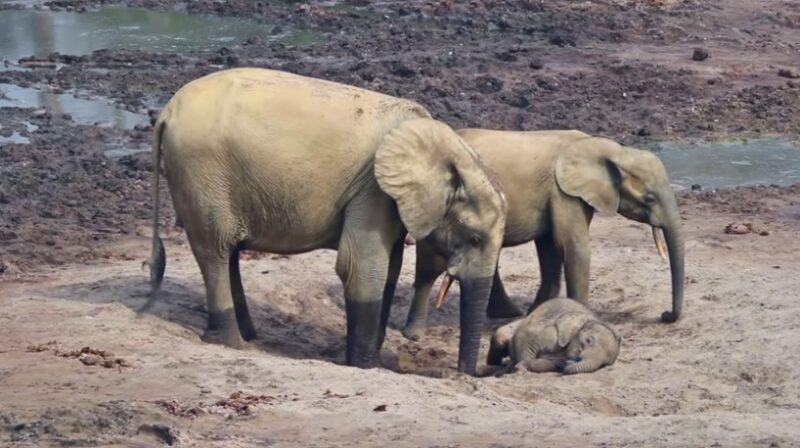Welcome to an awe-inspiring journey through the depths of Earth’s jungles—a realm teeming with mystery, diversity, and some of the most majestic creatures you’ll ever encounter. Do you have a fascination for the biggest animals that call the jungle home? You’re in for a treat.
Today, we’ll explore the 10 most iconic giant animals that roam these verdant ecosystems. Buckle up because this isn’t just another listicle—it’s a compelling, fact-rich whirlwind tour that dives into the unique characteristics, threats, and surprising facts about each of these amazing creatures.
Designed to appeal to curious minds of all backgrounds, this blog aims to entertain, educate, and inspire action for the preservation of these awe-inspiring species. Let’s get started.
1. The Forest Elephant
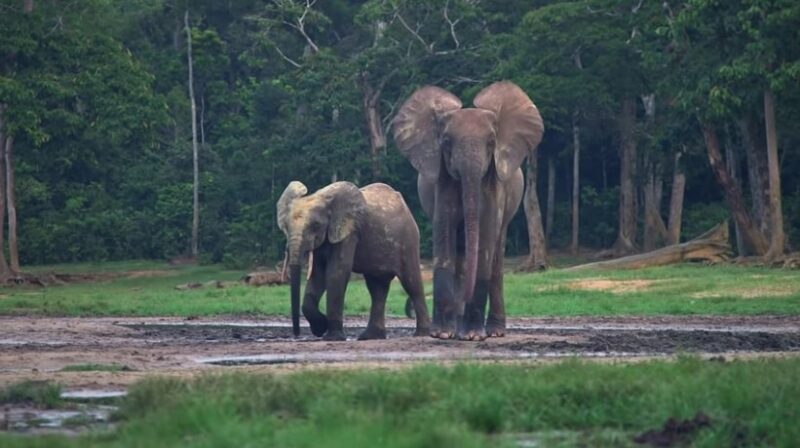
Character and Size
- Weight: 4,500 to 10,000 pounds
- Height: Up to 8.2 feet
Yes, you read that right: Elephants in the jungle! While their Savannah cousins usually hog the limelight, Forest Elephants are the unsung heroes of the African jungles. Smaller yet more agile than their relatives, these giants are essential engineers of their ecosystems.
Unique Characteristics
- Tusks: Unlike Savannah elephants, their tusks are straighter and point downward.
- Ears: Smaller and more oval-shaped ears than the African Savannah Elephant.
Threats and Conservation
The unfortunate truth is that forest elephants are critically endangered. Due to habitat loss and ivory poaching, their population is plummeting.
- Habitat Loss: Rapid deforestation is shrinking their living space.
- Poaching: The illegal ivory trade is a massive threat.
Conservation efforts are now focused on anti-poaching measures and forest preservation to offer these quiet giants a fighting chance at survival.
2. The Bengal Tiger
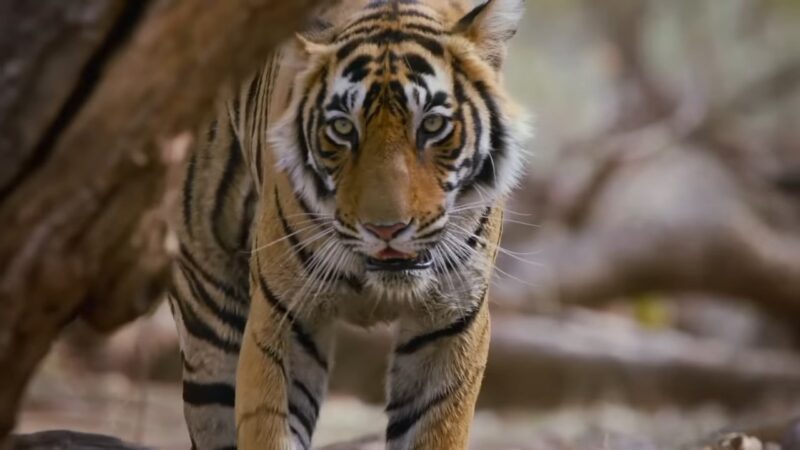
Character and Size
- Weight: 300 to 575 pounds (females), 400 to 675 pounds (males)
- Length: 8.8 to 10.2 feet from head to tail
Behold the Bengal Tiger, the epitome of feline grace and power. Roaming primarily through the jungles of India, Nepal, and Bangladesh, these apex predators are a symbol of strength and courage.
Unique Characteristics
- Stripes: No two tigers have the same stripe pattern, much like human fingerprints.
- Vision: Tigers have exceptional night vision, six times better than humans.
What’s fascinating is the social structure of Bengal tigers. Unlike lions, tigers are largely solitary creatures, covering large territories that they mark and defend aggressively.
Threats and Conservation
The Bengal Tiger is an endangered species, with various threats casting a dark shadow over its existence.
- Poaching: Illegal hunting for their skin and bones.
- Human Conflict: As jungles shrink, tigers and humans are increasingly crossing paths.
Conservation initiatives like Project Tiger aim to protect these majestic creatures through anti-poaching measures and habitat conservation.
3. The Green Anaconda
Character and Size
- Weight: Up to 550 pounds
- Length: Up to 30 feet
Unique Characteristics
- Hunting Method: Anacondas are ambush predators, lying in wait for their prey.
- Diet: They can consume animals as large as deer and caimans.
Anacondas give birth to live young, a rare trait among snakes. Surprisingly, these giants are also excellent swimmers, often found submerged in swamps and marshes.
Threats and Conservation
While not currently endangered, anacondas face threats that could jeopardize their future.
- Habitat Loss: The Amazon is facing deforestation at an alarming rate.
- Human Fear: Misconceptions often lead to unnecessary killings.
Conservation groups are now educating local communities and advocating for the preservation of the Amazon, which is essential for the anaconda’s survival.
4. The Gorilla
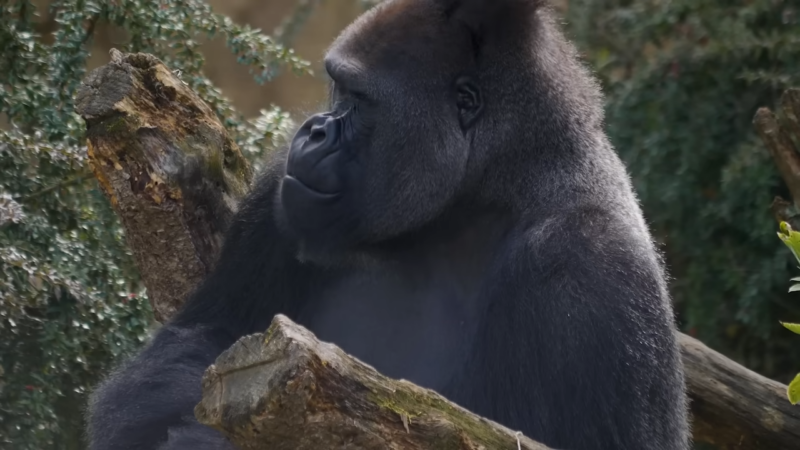
Character and Size
- Weight: 150 to 400 pounds (females), 300 to 600 pounds (males)
- Height: Up to 5.6 feet when standing
Unique Characteristics
- Communication: Gorillas use over 25 different sounds to communicate.
- Culture: Different troops have distinct ‘cultures,’ including unique ways of grooming and eating.
Among their most fascinating features is their ability to use tools and show empathy—traits that make them one of our closest relatives in the animal kingdom.
Threats and Conservation
Gorillas are critically endangered due to multiple threats.
- Habitat Loss: Expansion of human settlements and agriculture.
- Disease: Diseases transferred from humans to gorillas can be deadly.
Conservation initiatives like mountain gorilla tourism and anti-poaching patrols are crucial for their survival.
5. The Orangutan
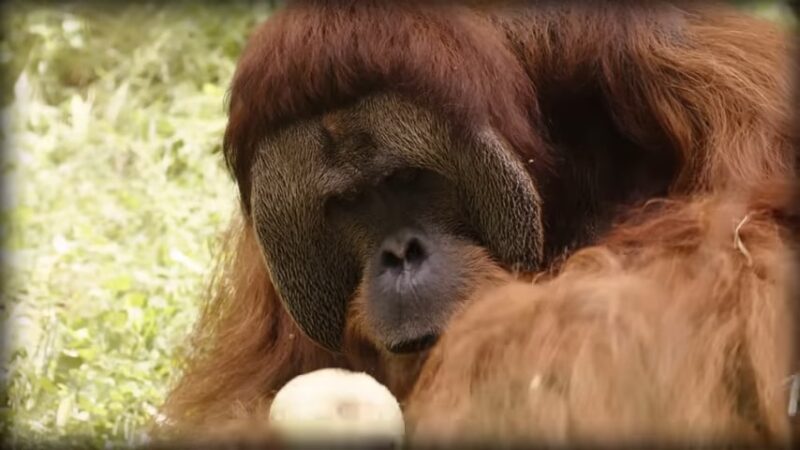
Character and Size
- Weight: 73 to 180 pounds
- Height: 4 to 5 feet
Orangutans, native to the jungles of Borneo and Sumatra, are astonishingly intelligent primates. The name “orangutan” literally translates to ‘person of the forest’ in Malay.
Unique Characteristics
- Tool Use: They are known for their ability to use tools for foraging and building nests.
- Solitude: Unlike many primates, they are semi-solitary creatures.
Orangutans have an extended childhood, dependent on their mothers for up to eight years—longer than any other mammal except humans.
Threats and Conservation
- Habitat Destruction: The palm oil industry is a leading cause of their habitat loss.
- Illegal Pet Trade: Baby orangutans are often captured and sold as pets.
6. The Jaguar: A Spotted Marvel
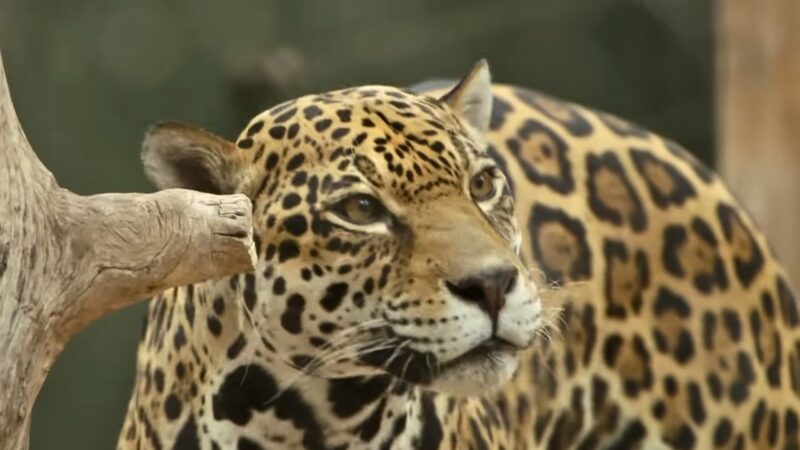
Character and Size
- Weight: 123 to 212 pounds
- Length: Up to 6 feet (excluding the tail)
Jaguars are the apex predators of the Americas, mostly found in the Amazon rainforest. Their name comes from the indigenous word “yaguar,” which means “he who kills with one leap.”
Unique Characteristics
- Spots: They have unique “rosette” spots, different from the spots of leopards.
- Bite: They have the strongest bite force among big cats, capable of crushing turtle shells and skulls.
Jaguars are excellent swimmers, which sets them apart from most other big cats. They primarily hunt near rivers and swamps, feasting on fish, caimans, and small mammals.
Threats and Conservation
- Habitat Loss: Extensive deforestation in the Amazon.
- Human Conflict: Jaguars are hunted for their beautiful coats and sometimes killed by ranchers protecting livestock.
Conservation initiatives focus on establishing protected areas and promoting eco-tourism to help locals see the value in protecting these magnificent animals.
7. The Saltwater Crocodile
Character and Size
- Weight: Up to 2,200 pounds
- Length: Up to 23 feet
Unique Characteristics
- Jaw Power: Their jaw can exert a pressure of up to 3,700 pounds per square inch.
- Teeth: They have around 66 teeth but can regrow them nearly 50 times during their lifespan.
Their hunting technique involves lying motionless in the water, barely visible, and then striking with terrifying speed when prey comes close.
Threats and Conservation
- Human Conflict: Often culled for posing threats to human communities.
- Illegal Trade: Their skin is highly valued in the illegal wildlife trade.
Efforts are being made to monitor and protect key habitats and to regulate human interactions with these ancient predators.
8. The Gharial
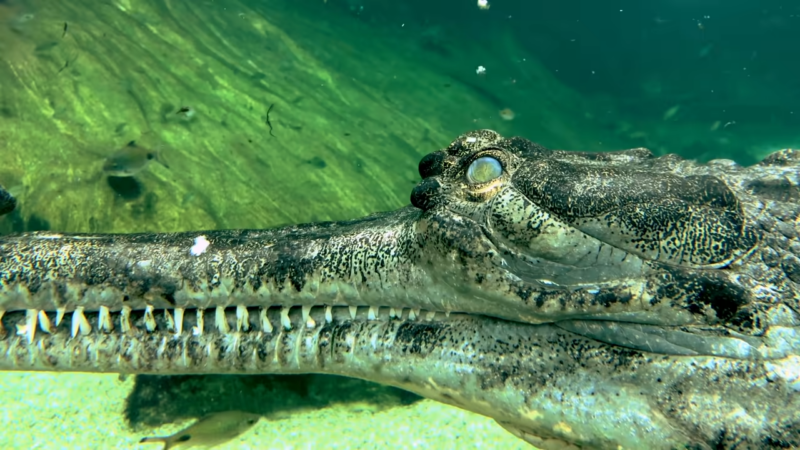
Character and Size
- Weight: 350 to 450 pounds
- Length: Up to 15 feet
Native to the Indian subcontinent, Gharials are one of the most specialized and endangered crocodilians. Their long, narrow snouts make them adept at catching fish, their primary diet.
Unique Characteristics
- Snout: Contains over 100 sharp, interlocking teeth.
- Ghara: Mature males have a bulbous growth at the tip of their snout, used for vocalization.
These creatures prefer flowing rivers with deep pools, which are unfortunately diminishing due to human activity.
Threats and Conservation
- Habitat Loss: Damming of rivers and sand mining are major threats.
- Overfishing: The depletion of fish stocks affects their primary source of food.
Conservation groups are working to protect their natural habitats and involve local communities in their conservation.
9. The Cassowary
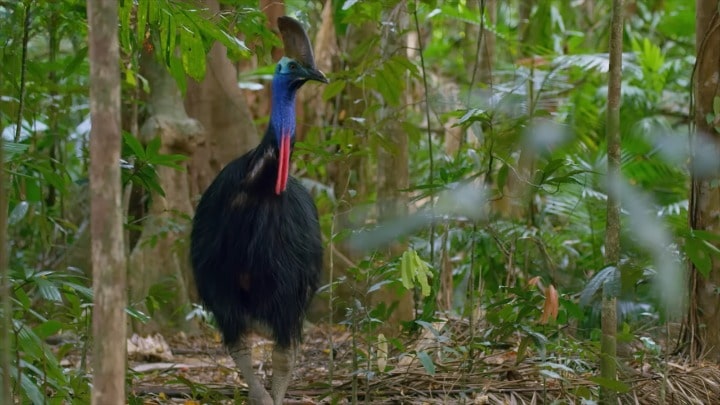
Character and Size
- Weight: 130 to 160 pounds
- Height: Up to 6.6 feet
Native to northern Australia and the islands of Indonesia and Papua New Guinea, cassowaries are often dubbed ‘living dinosaurs.’ They are flightless and primarily frugivorous.
Unique Characteristics
- Casque: A helmet-like structure on their head, the function of which is still a mystery.
- Claws: Possess a deadly 5-inch middle claw on each foot.
Threats and Conservation
- Vehicle Strikes: Many are killed by cars.
- Habitat Fragmentation: Their habitats are being divided by roads and human activities.
Conservation programs focus on road signage, speed limitations, and public education to minimize human-cassowary conflicts.
10. The Tapir
Character and Size
- Weight: 500 to 800 pounds
- Length: Up to 6.6 feet
Found in both South America and Southeast Asia, tapirs are unique-looking herbivorous mammals. They are excellent swimmers and often reside close to water bodies.
Unique Characteristics
- Trunk: A short, prehensile trunk used for grabbing leaves and breathing while swimming.
- Footprints: They leave unique, three-toed footprints.
Tapirs play a crucial role in their ecosystems by dispersing seeds, earning them the nickname “jungle bulldozer.”
Threats and Conservation
- Hunting: Hunted for their meat and hides.
- Habitat Destruction: Rapid deforestation and agriculture expansion.
Conservationists are calling for increased protection measures and habitat restoration projects.
Final Words
These ten incredible giants are not just the stuff of storybooks and documentaries—they’re living, breathing, awe-inspiring components of our world. However, they all share a common narrative: the race against extinction fueled by the relentless march of human activity.
By equipping ourselves with knowledge and empathy, we can participate in and advocate for conservation efforts to ensure these irreplaceable creatures continue to inspire future generations. This isn’t just about saving animals; it’s about preserving the intricate tapestry of life that makes our Earth so incomparably rich and wondrous.
Related Posts:
- 9 Deserts in Africa: Pics, Maps, Interesting Facts & More
- 17 Ugliest Fish in the World - Pics, Videos,…
- Forest Animals – Pictures & Fun Facts On Animals…
- Wings of Miniature Majesty: Appreciating 15 North…
- Which Fish Live In Swamps? - Various Species Found
- Animals that Start with X – Pictures & Fun Facts -…


